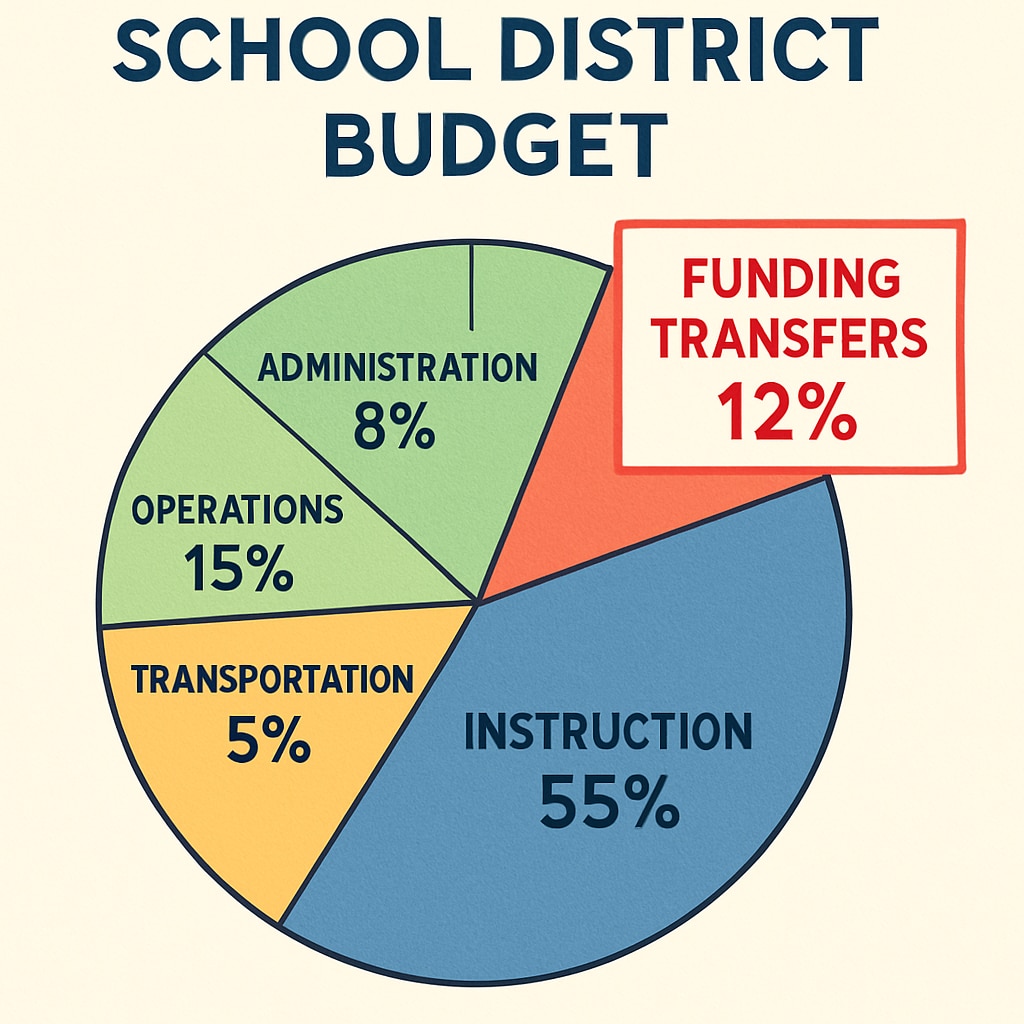School district budgets often serve as critical benchmarks for assessing the quality of education, and metrics like “per-student spending” are widely used to evaluate resource allocation. However, mechanisms like funding transfers can distort these figures, creating an illusion of higher investments in education. Such practices raise important questions about the accuracy of financial reporting, the equitable distribution of resources, and the implications for policy-making.
How Funding Transfers Inflate Per-Student Spending
At their core, funding transfers involve the reallocation of funds between different entities or departments within a school district. While this practice is often legal and intended to streamline financial management, it can artificially inflate per-student spending statistics. For example, districts may transfer funds intended for specific programs (such as special education or extracurricular activities) into general education budgets, without directly increasing the resources available to students.

This financial maneuvering can make it appear as though schools are spending more money per student than they actually are. In reality, the reallocated funds may not directly benefit classroom instruction or student outcomes. Instead, the inflated figures can obscure disparities in how resources are distributed across schools or programs.
The Broader Implications for Educational Policy
The distortion of per-student spending figures has far-reaching consequences. Policymakers, for example, rely on these statistics to make decisions about funding allocation, program effectiveness, and educational equity. If the data is inaccurate, it may lead to misguided policies that fail to address the real needs of students.
In addition, funding transfers can disproportionately impact schools in underprivileged areas. These schools are often more reliant on external funding sources, such as state or federal grants. When such funds are reallocated or misrepresented, it can exacerbate existing inequities and hinder efforts to close the achievement gap.

Steps Toward Greater Transparency
To address these issues, school districts and policymakers must prioritize transparency in financial reporting. Here are some recommended steps:
- Standardize Reporting Practices: Develop uniform guidelines for how funding transfers are reported in school budgets.
- Audit Financial Data: Conduct regular audits to ensure that per-student spending figures accurately reflect actual resource allocation.
- Increase Stakeholder Involvement: Engage parents, teachers, and community members in budget discussions to ensure accountability.
- Focus on Equity: Allocate funds based on student needs, rather than using blanket metrics that can be manipulated.
By implementing these measures, school districts can help ensure that financial data reflects the true state of educational resources, enabling more effective and equitable policy decisions.
In conclusion, while funding transfers can be a useful tool for managing school district finances, they must be handled with care to avoid distorting key metrics like per-student spending. Transparent and accurate financial reporting is essential for promoting educational equity and ensuring that every student has access to the resources they need to succeed.
Readability guidance: This article uses concise paragraphs, clear transitions, and lists to present complex information in an accessible format. Key terms are explained, and examples are provided to illustrate abstract concepts.


